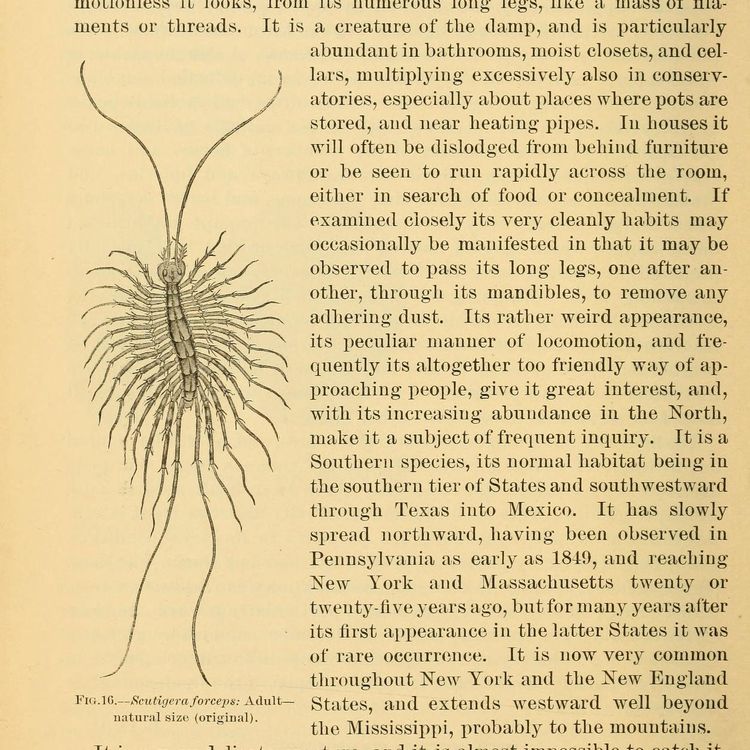Beaches Are Strewn with Scraps from a Ravenous Feast

The late summer New York City beaches are strewn with the detritus of a grisly underwater feast. Watch for clam shells as you visit the sandy shores: if you see a perfectly round hole piercing it you are probably holding the victim of one of the city’s most voracious predators, the moon snail.
Lunging forward with one huge foot that it uses to envelop other creatures—even fellow moon snails—this invertebrate drills through the shells of young clams and fellow unfortunates that come into its path. They are consumed from within and left as husks to wash up on shore.
Most in the area are Atlantic moon snails (Polinices duplicatus) or northern moon snails (Euspira heros). It is rare to see a moon snail out of water; they prefer to stay hidden beneath the tide or under the sand. In winter they move out deeper, returning closer to the beach to breed in late spring and early summer. Keep an eye out for curious sand formations that resemble the collar of a freshly starched shirt: these are sand collars and are the egg masses of the moon snails. The whole structure contains thousands of minuscule eggs. Look at the hole in its center and consider the bulk of the moon snail mother that filled it—sometimes as big as an apple. Let the eggs be, so they can hatch and have their own chances to become ravenous and large.
You may also see their smooth round shells, empty, tossed onto the beach from the surf. Pick one up, if you are so lucky, gaze into its mesmerizing curl. Sort of like Kim Novak’s tightly wound hair as she enigmatically regards a painting in Vertigo. The streaks in this snail’s shell, too, are reminiscent of hair coiled into a tight bun, the strands of gray and brown mixing together into a transfixing surface. Imagine the water around you; the sounds from the beachgoers are distant and muffled. You find your prey and you take it all, growing stronger, the labyrinthine swirl of your shell becoming larger. You are a beautiful and hungry thing.

- This past weekend, Rockaway Beach was dotted with another strange beach sighting: wobbly clear discs on the sand. These are the remains of the moon jellyfish which live in the nearby waters. And as the Nature on the Edge of New York City blog demonstrates, there is no harm in touching these belated creatures which usually are invisible to us beneath the waves.
- While we are largely a city of sharp planes and rectangular prisms, spiral forms do emerge in places other than our coastal sands. The Guggenheim erupts from the street. The East River Roundabout by artist Alice Aycock swirls a helical roller coaster next to the Queensboro Bridge. The Hudson Yards’ new Spiral is less curvy, but still inspired by the gyre. The UN Secretariat Building exudes anti-spiral, but with a subtle connection—Le Corbusier aimed to incorporate the golden ratio into its design. (The golden ratio’s properties lie behind the logarithmic spiral arrangement of pinecones and pineapples, and form the basis of Le Corbusier’s Modular system.) But Le Corbusier was not alone on the Board of Design, and it is difficult to find evidence of a twist in this vertical monolith.
- In a little over two months, the moon snails may have retreated to the deeps, but we’ll be treated to a full lunar eclipse. Arise before the sun on the morning of Tuesday, November 8th. Steal out in your sweatpants and a jacket. It will be dark, but the bodega coffee will be fresh. The moon will be poised WNW, low to the horizon, and at 5:59am Earth’s shadow will envelop its satellite. Your shadow is part of the planet’s shadow and will be cast on the surface of the moon. One small step…




